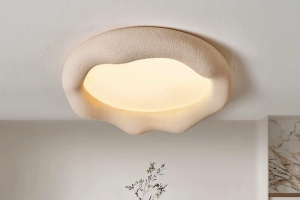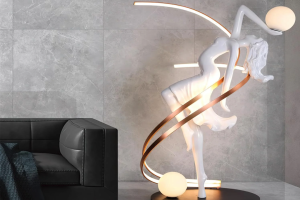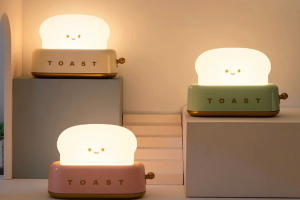Introduction
Botanical lighting is the practice of using artificial light sources to simulate natural sunlight, with the goal of providing ideal conditions for plants to grow and thrive. This technology has become increasingly popular in recent years as indoor gardening and urban agriculture have gained popularity. In this article, we will explore the benefits and challenges of botanical lighting, as well as some of the most common types of lights used in this application.
Benefits of Botanical Lighting
One of the main benefits of botanical lighting is that it allows plants to grow in environments where natural sunlight may be limited or non-existent, such as in indoor spaces or in areas with long winters. With the right combination of light spectrum and intensity, plants can grow faster and produce larger yields than they might in less optimal conditions. Additionally, botanical lighting can help to extend the growing season, allowing for multiple harvests per year.
Another benefit of botanical lighting is that it allows for greater control over the growing environment. With traditional outdoor gardening, weather conditions and other factors beyond our control can impact the growth and success of plants. With botanical lighting, however, growers can adjust the light spectrum, intensity, and duration to create ideal conditions for each specific plant species.
Types of Lights Used in Botanical Lighting
The most common types of lights used in botanical lighting include:
Incandescent Lights
Incandescent lights are the most traditional type of light bulb, but they are not commonly used for botanical lighting. This is because they emit more heat than light, and the light spectrum they produce is not ideal for plant growth.
Fluorescent Lights
Fluorescent lights are a more energy-efficient option for botanical lighting. They produce a cool, white light that is suitable for plants, and they have a relatively low heat output. However, they are not as efficient as some of the newer types of LED lights.
High Pressure Sodium (HPS) Lights
HPS lights are a type of high-intensity discharge (HID) light that emit a yellowish-orange light. They are often used in commercial operations due to their efficiency and ability to support high levels of plant growth. However, they can be expensive to operate and require specialized equipment to run.
Light Emitting Diode (LED) Lights
LED lights are quickly becoming the most popular option for botanical lighting. They are highly efficient, producing more light per watt than any other type of light. They also have a long lifespan and can be customized to emit specific spectra of light, allowing growers to create ideal conditions for each type of plant.
Challenges of Botanical Lighting
While botanical lighting has many benefits, it also presents some unique challenges. One of the main challenges is the cost of equipment and operation. High-quality botanical lights can be expensive, and they also require specialized equipment such as ballasts and reflectors. Additionally, running the lights requires a significant amount of electricity, which can be costly.
Another challenge of botanical lighting is the potential for plant stress or damage. Plants evolved to grow under natural sunlight, and artificial light can be harsh on their delicate systems. If the light spectrum, intensity, or duration is not carefully calibrated, plants can suffer from stunted growth or other issues.





More Posts
Embracing Wabi-Sabi: Nordic Resin Ceiling Lamp
Illuminate Your Space with the Misha Goddess Statue Floor Lamp
Elegant Columnar Fabric Floor Lamp: A Stylish Lighting Solution